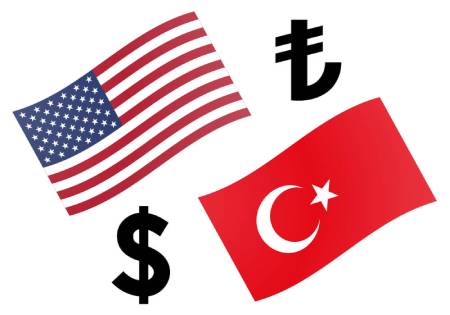USD/TRY holds ground above the 27.00 psychological level aligned to the immediate support level of 38.2% Fibonacci retracement at 26.82 during the European session on Thursday. A firm break below the latter could exert pressure on the USD/TRY pair to navigate the region around the 50-day Exponential Moving Average (EMA) at 26.38, followed by the 61.8% Fibonacci retracement at 26.24 aligned to the 26.00 psychological level. The US Dollar (USD) is receiving upward support against the Turkish Lira (TRY) as a result of the US Federal Reserve’s (Fed) hawkish stance regarding the trajectory of interest rates. This is attributed to the robust economic growth and inflationary pressures in the United States (US).
On the upside, the USD/TRY pair could face a challenge around the monthly high at 27.75, followed by August’s high at 27.88 level. The Moving Average Convergence Divergence (MACD) line remains above the centerline and the signal line. This configuration suggests that the momentum in the underlying asset’s price is relatively strong. However, the momentum in the pair indicates that bullish sentiment prevails in the market as the 14-day Relative Strength Index (RSI) remains above the 50 level.




